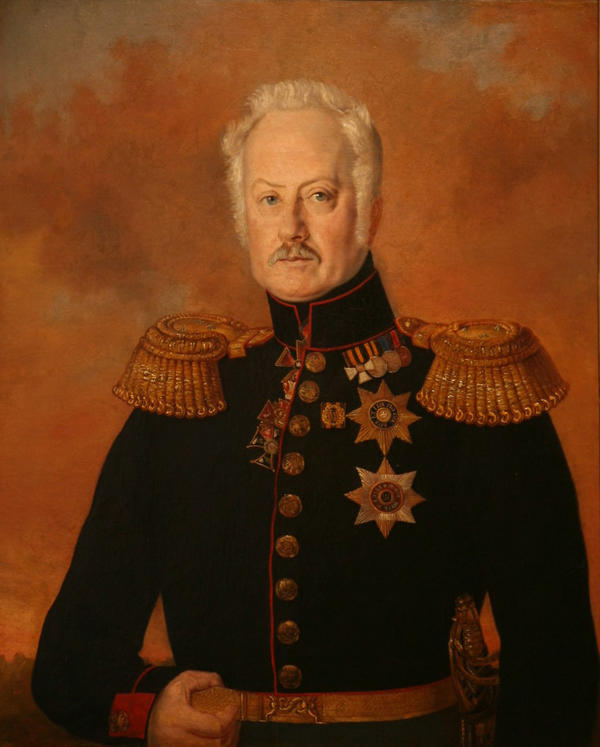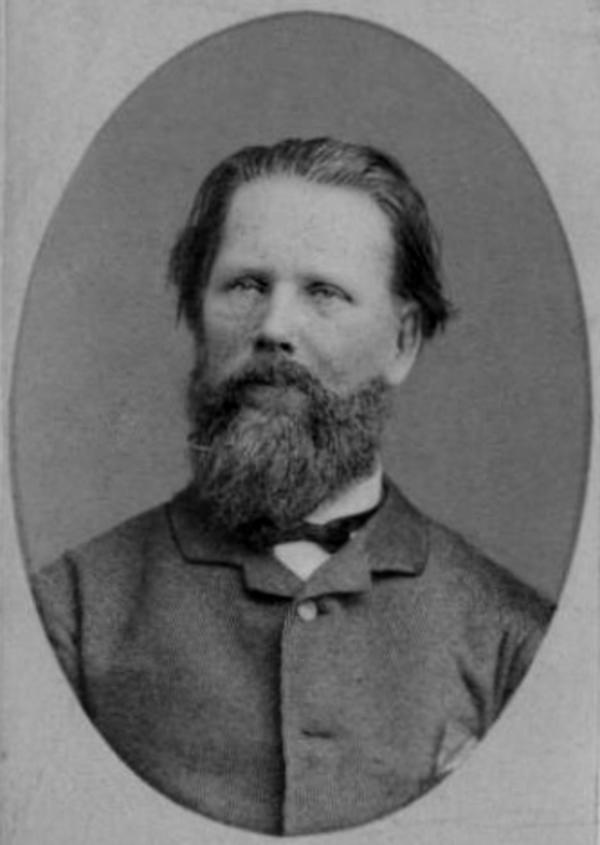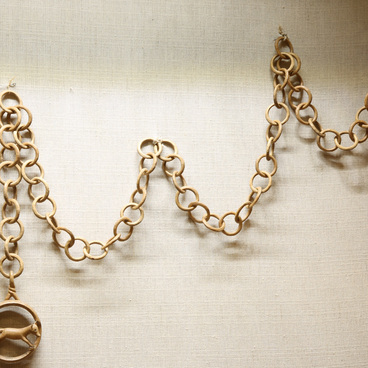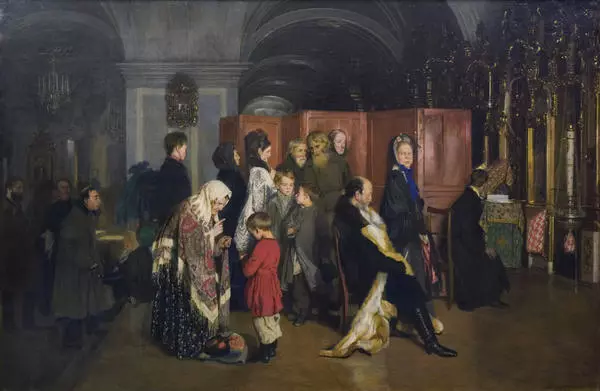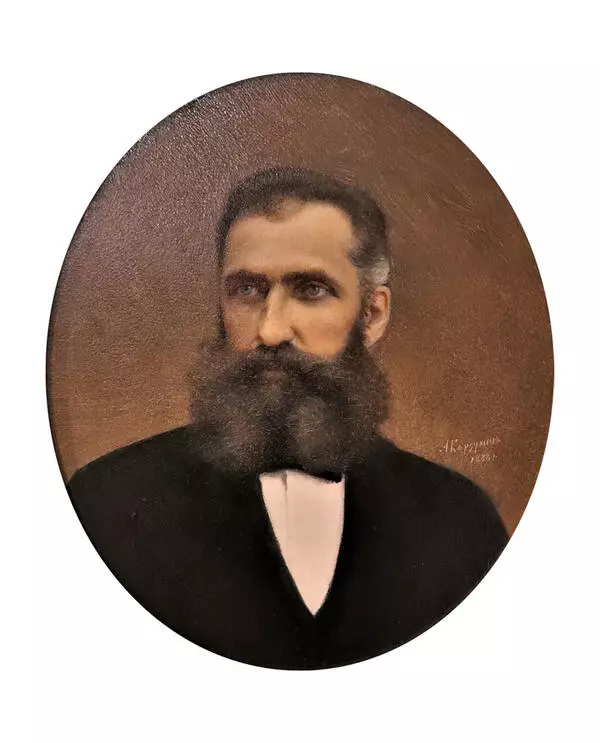The portrait of General Vladimir Glinka was painted by the Ural artist Alexey Korzukhin in 1855 in Yekaterinburg. Vladimir Glinka was a member of the Patriotic War against Napoleon in 1812-14. In 1837, the general was appointed as the chief of the Ural mining plants, a position which he maintained longer than any of his predecessors – for almost twenty years. In the Nicholas I years (1825-1855), when Vladimir Glinka held the post the Ural mining plant became a ‘state within a state’ with its own system of mountain courts, police, and hospitals. Its territory extended to the Vyatka, Kazan, Orenburg and Perm provinces, and the authority of the head of the Ural mining plants competed with that of the governor.
Portrait of General Vladimir A. Glinka
Время создания
1840-1850s
Размер
90x75 cm
Техника
Oil on canvas
2
Открыть в приложении#7
Korzukhin A.I.
Portrait of General V. A. Glinka
#6
#9
Since 1831, the residence of the chief was located in Yekaterinburg. Mining leadership established a thorough military-like control over the life of the city, and Yekaterinburg became cultural and economic centre of the mining and metallurgical industry of the Urals. During General Vladimir Glinka’s ruling the first theatre was opened in Yekaterinburg, the Ural Mining School was founded, and the first officially approved general plan of the city was drawn up.
#8
The portrait shows Vladimir Glinka in the age of 65. According to the rules of the times he is wearing a moustache and sideburns. Glinka is depicted in the uniform of a General of light artillery. The word uniform used to refer to an everyday uniform worn by civilian officials in the form of a tailcoat. On gold epaulets there are three beaten silver stars meant to indicate the status of a Lieutenant General. Along the edges of the epaulette fields there is a fringe made of thick tows, the edges of the epaulettes were gold laced.
On the general’s chest and neck there are numerous military awards and decorations. On Vladimir Glinka’s left side one can see a bronze hilt of an epée. According to the rules, an epée was worn under a just-au-corps: it was attached to a sword-belt through the incision, which was made at the left side, leaving the hilt outside. Epées were worn by all military ranks with uniforms and full-dress uniform garments.
#12
Alexey Korzukhin painted the portrait when he was only nineteen years old. The artist was born in Yekaterinburg in the family of a bond gold washer. When he was a child he painted icons, one of the local icon painters took him as an apprentice after seeing the work of the boy. In the 1840s, Korzukhin painted mainly portraits of his family and icons for churches. The portrait of Vladimir Glinka became a milestone for the young artist’s career. Assistance to the chief of the mountain plants provided the emerging painter with a number of custom-made portraits. With the money he made the artist went to St. Petersburg and enrolled at the Imperial Academy of Arts. After some time, former serf Alexey Korzukhin became a famous artist. Noblemen and royalty commissioned him to paint their portraits.
Alexei Ivanovich Korzukhin. Photograph.
Denier Heinrich-Johann (Andrey Ivanovich). Before 1890.
Source: commons.wikimedia.org.
#11
The name Glinka belongs to an ancient noble family originating from Poland. The family received this name in the second half of the 14th century for the name of the estate. At the end of the 19th century, one of the Ural minerals was named Glinkit – in honour of Vladimir Glinka. It is found in the talc slate of Mount Itkul. The mountain is located near the Sysertsky plant.
#13
the Sverslovsk State Regional Ethnography Museum
читать дальшескрыть
00:00
00:00
1x
Portrait of General Vladimir A. Glinka
Время создания
1840-1850s
Размер
90x75 cm
Техника
Oil on canvas
2
Открыть в приложении
Поделиться

